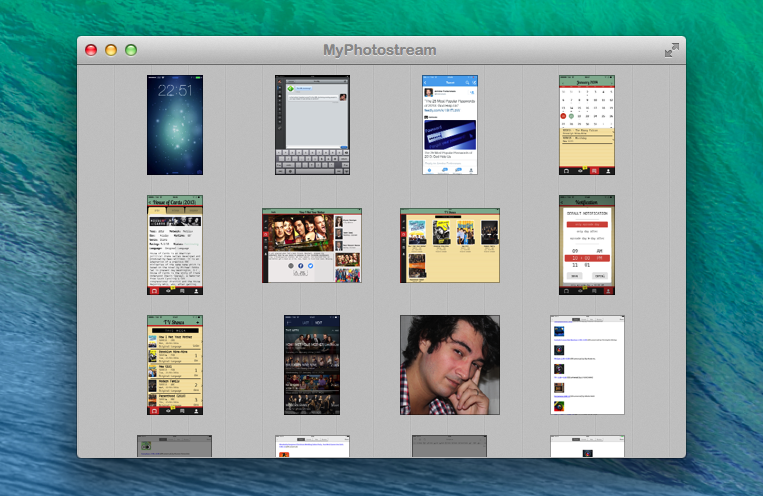Jim Dalrymple, reporting at The Loop, received confirmation from Apple that the company will stop development of Aperture, replacing it with the Photos app introduced at WWDC:
Apple introduced a new Photos app during its Worldwide Developers Conference that will become the new platform for the company. As part of the transition, Apple told me today that they will no longer be developing its professional photography application, Aperture.
The new Photos app is on track to be released next year for OS X Yosemite, and it will also replace iPhoto for Mac, integrating photo editing and organization features into a single interface with iCloud support.
As reported by Matthew Panzarino at TechCrunch, Apple will provide compatibility updates for OS X Yosemite users and the company is working with Adobe to create a “transitionary workflow” to move to Lightroom.
According to Apple, the discontinuation of Aperture doesn’t indicate a shift away from “pro” apps, as both Logic and Final Cut will continue development. At this point, it’s not clear whether iPhoto for iOS will also be discontinued with the release of iOS 8 and the new features in Photos for iOS.
Aperture came out in 2005. In 2011, Apple started offering Aperture 3.0 at a discounted price on the Mac App Store.








